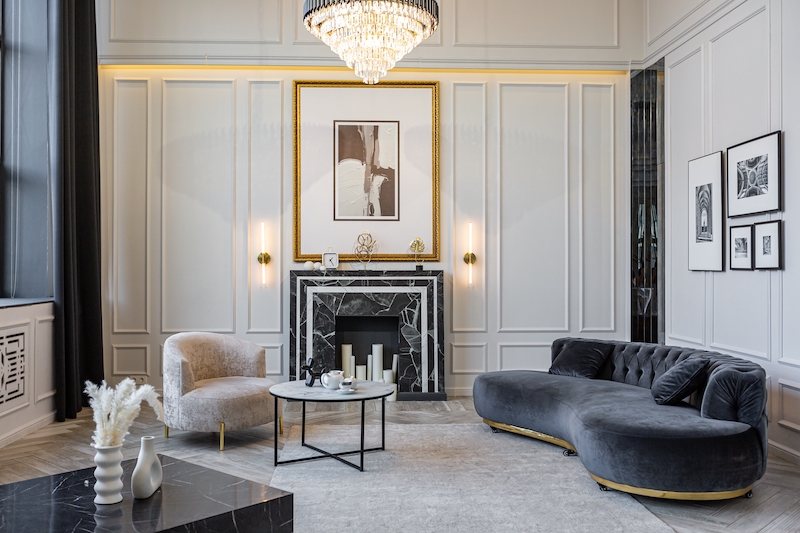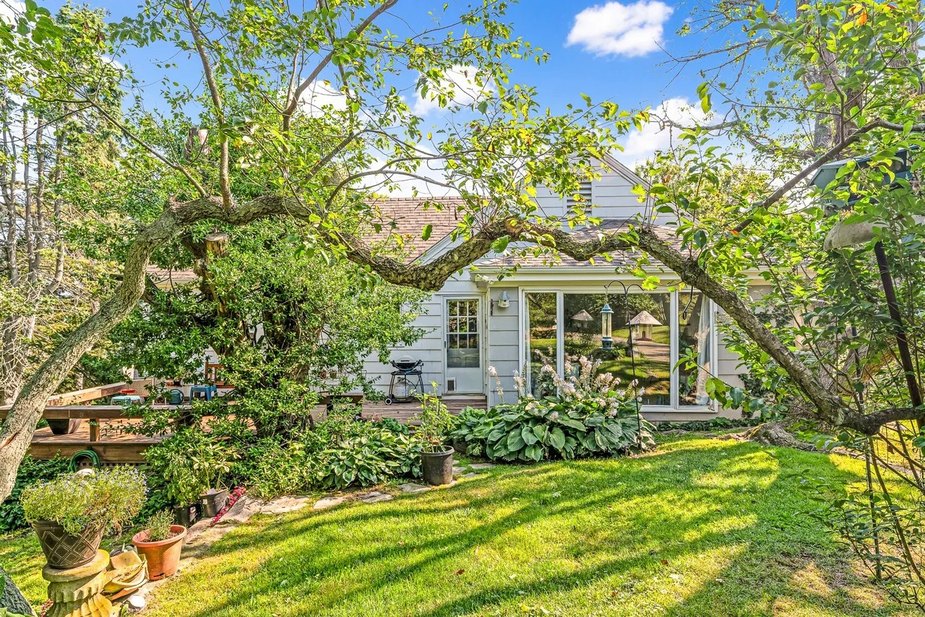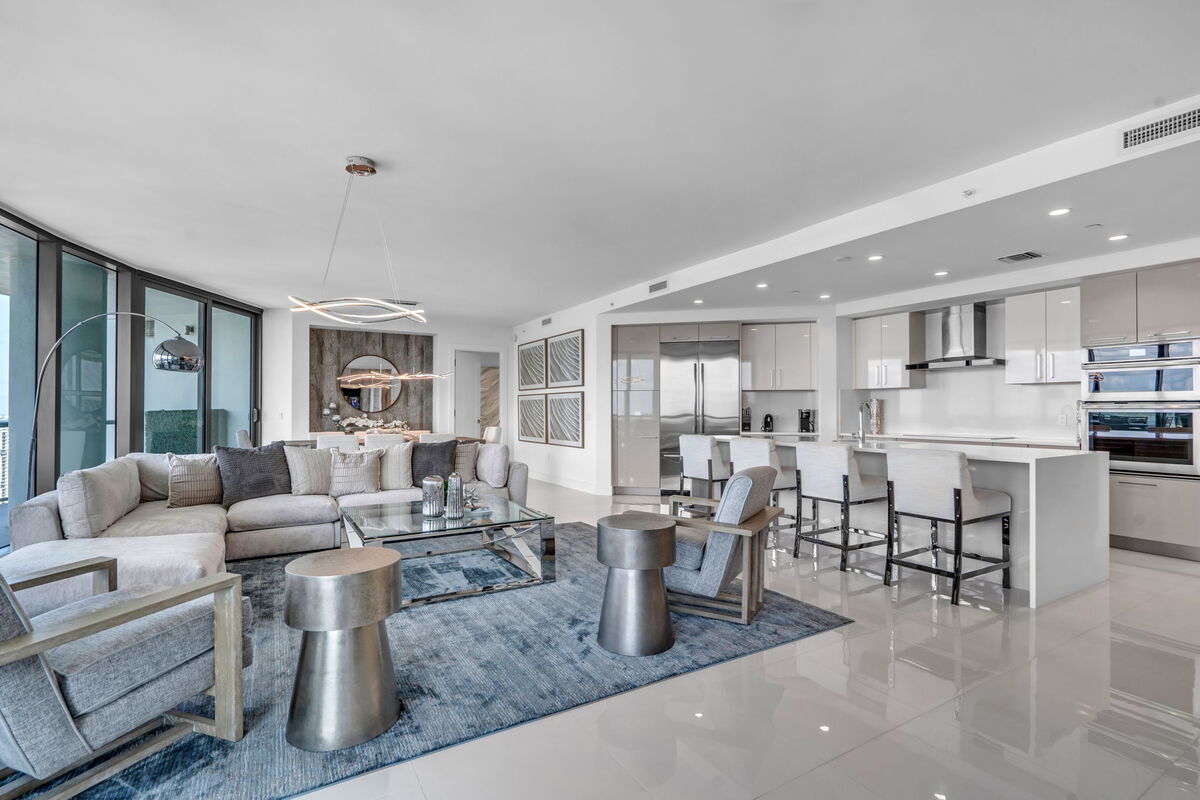
In the ever-evolving world of interior design, the fusion of modern and historic furniture has become a powerful trend that speaks to both innovation and nostalgia. This dynamic interplay of styles offers a unique opportunity to craft spaces that are not only visually stimulating but also rich in character and storytelling. Integrating contemporary pieces with historic elements is not merely a design choice but an art form that, when executed thoughtfully, can elevate any interior to new heights.
Celebrating Contrasts: The Modern Meets the Historic
One of the most compelling aspects of combining modern and historic furniture is the striking contrast it creates. Modern pieces, with their sleek lines, minimalist aesthetics, and cutting-edge materials, can provide a fresh, clean counterpoint to the ornate details and timeless charm of historic furnishings. Imagine a streamlined mid-century sofa paired with an antique mahogany coffee table or a contemporary glass pendant light illuminating a room with Victorian-era wallpaper. This contrast not only highlights the beauty of each piece but also creates a visually engaging narrative within the space.
Creating a Cohesive Look: Balancing Styles
The key to successfully blending modern and historic furniture lies in achieving a cohesive look. One effective strategy is to establish a common thread that unites disparate elements. This could be a shared color palette, complementary textures, or thematic motifs. For instance, pairing a modern, neutral-toned sofa with a vintage rug that features similar hues can create a harmonious dialogue between old and new. Additionally, consider the scale and proportion of your pieces. A large, ornate antique armchair might look out of place in a room dominated by sleek, modern furnishings unless balanced with other vintage elements that tie the space together.
Highlighting Architectural Features: Emphasizing Period Details
Historic furniture often comes with a rich backstory and distinctive architectural features that can serve as focal points in a contemporary setting. Exposed wooden beams, intricate moldings, or vintage fireplaces can be highlighted with modern lighting and furnishings to create a balanced yet dynamic space. For example, a modern metal floor lamp can draw attention to a classic brick fireplace, while a contemporary artwork can provide a modern counterpoint to a traditional wooden bookcase.
Designing for Functionality: Merging Comfort and Elegance
When combining modern and historic furniture, it’s important to consider both form and function. Modern pieces often prioritize comfort and practicality, while historic furnishings may offer unparalleled elegance but lack in ergonomics. Striking the right balance between these elements is crucial. Opt for modern upholstery that complements your historic chairs or invest in custom cushions that enhance the comfort of antique seating. This way, you ensure that your space not only looks stunning but also serves the practical needs of everyday living.
Personalizing the Space: Infusing Your Unique Style
The ultimate goal of blending modern and historic furniture is to create a space that reflects your personal style and tells your unique story. Don’t be afraid to experiment with different combinations and arrangements. Incorporate personal artifacts, family heirlooms, or contemporary art pieces that resonate with you. This personal touch not only adds depth to your design but also ensures that your space remains authentic and engaging.
The art of combining modern furniture with historic elements is a testament to the timeless appeal of blending contrasting styles to create something truly unique. By thoughtfully balancing the old with the new, you can craft a space that celebrates the past while embracing the future. This approach not only enhances the aesthetic richness of your home but also creates a living environment that is both sophisticated and deeply personal. Embrace the challenge of mixing eras, and you’ll discover that the result is a space where history and modernity coexist in perfect harmony.





